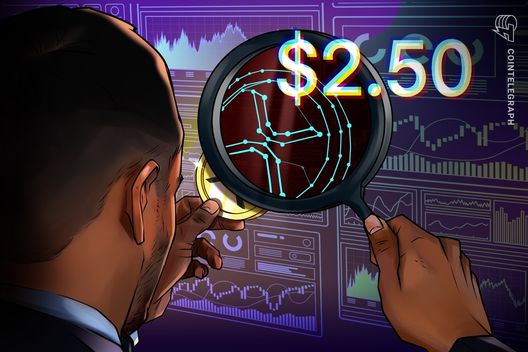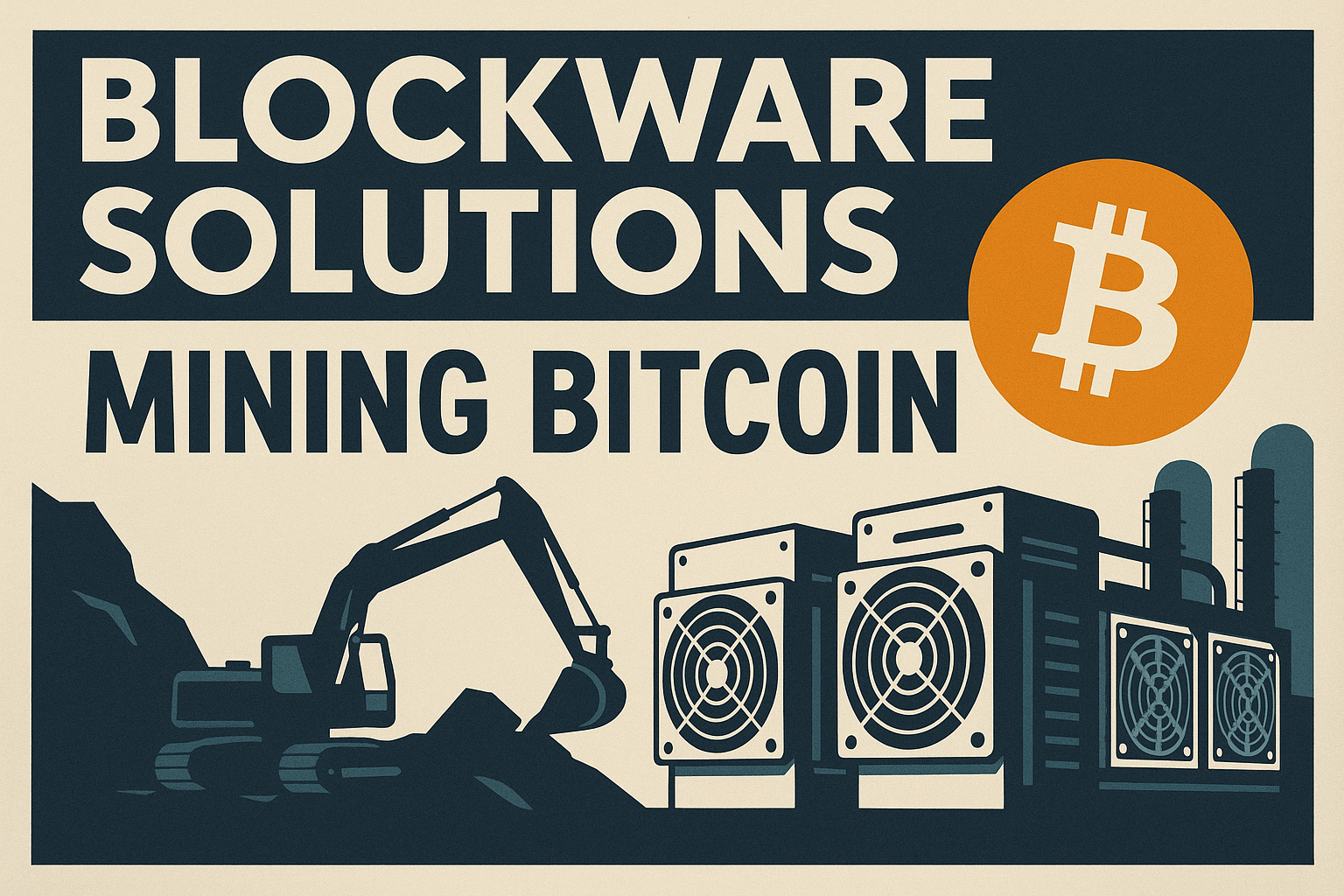
Altcoin News
Latest News
US SEC Delays Decision on Polkadot and Hedera Spot ETFs
ECB Warns of Financial Contagion from U.S. Crypto Expansion
Learn
Geo-tagged NFT
Geo-tagged NFTs are blockchain-based digital assets tied to specific geographic locations, enabling unique location-based ownership and experiences.
Settlement Layer in Blockchain
The settlement layer in blockchain ensures secure transaction validation, finality, and record-keeping, serving as the foundational ledger for operations.
Bitcoin and Crypto Paper Wallet
A Bitcoin or crypto paper wallet is a printed document containing private keys and addresses, enabling secure offline asset storage.
Volatility in Cryptocurrency
Cryptocurrency volatility refers to rapid price fluctuations driven by market speculation, low liquidity, regulatory news, and evolving investor sentiment.
Altcoin News
Altcoin Feed

Kinto plunges 81% as ETH L2 set to wind down months after hack
Ethereum layer-2 Kinto’s token plummeted after its team announced its blockchain would wind down on Sept. 30, months after a $1.6 million hack.
Published: 3 hours ago

Crypto sentiment moves into Fear as interest wanes on ‘obscure altcoins’
Crypto traders are weighing which major asset might lead the next upward move as risk appetite cools, according to Santiment.
Published: 23 hours ago

‘Scam of all scams’: Crypto dev claims Trump-linked WLFI ‘stole’ his money
A crypto developer says Trump-linked crypto project WLFI froze his tokens and refused to unlock them, calling it “the new age mafia.”
Published: 2 days ago

Price predictions 9/5: BTC, ETH, XRP, BNB, SOL, DOGE, ADA, LINK, HYPE, SUI
Bitcoin price pushed closer to its range highs, providing a breakout signal for multiple altcoins. Is it time for altseason?
Published: 2 days ago

Trump-linked WLFI’s 40% decline causes millions in losses for crypto whales: Finance Redefined
Whales are losing millions of dollars on the decline of the Trump-linked WLFI token, but most of the pre-sale participants are still holding the coin.
Published: 2 days ago

Ethereum bull alert: ETH exchange ‘flux’ turns negative for the first time
Ether’s exchange flux metric turned negative for the first time in history, signaling a shift in investor behavior and Ether’s potential to resume its uptrend.
Published: 2 days ago

7 largest Ether treasury companies right now ranked by holdings
From BitMine’s massive 1.5 million ETH reserve to Coinbase’s dual-purpose holdings, corporate treasuries are rewriting the Ether playbook in 2025.
Published: 3 days ago

Justin Sun urges Trump-linked WLFI to unlock ‘unreasonably’ frozen tokens
Sun said his WLFI pre-sale allocation was “unreasonably frozen” in a move that could damage the reputation of the Trump-family-linked decentralized finance platform.
Published: 3 days ago

Australians still feel bank ‘friction’ despite years of crypto progress
Crypto bosses say the government now needs to bring in clear rules, so regulators and banks can distinguish the good from the bad actors.
Published: 3 days ago

DeFi Development Corp’s Solana treasury exceeds $400M after latest buy
DeFi Development Corp bought $117 million of Solana in the past eight days, but its shares declined 7.59% on Thursday.
Published: 3 days ago

Dogecoin may see first-ever ETF launch next week: Analyst
REX Shares is taking the same regulatory route for its Dogecoin ETF as it did to get its Solana staking ETF over the line.
Published: 3 days ago

XRP stuck in downtrend, but 3 data points forecast 85% bounce to new highs
XRP leverage reset as accumulation signals emerged, and the altcoin’s chart technicals predict a rebound to $4.80 by Q4.
Published: 3 days ago

Betting on XRP’s 2017-style gains could be extremely risky in 2025
XRP long-term holders show less conviction than in 2017, with sentiment now more similar to a 2021-style market top.
Published: 4 days ago

RWAs: new institutional ‘trust’ layer to boost tokenized ESG investment
RWAs may bring billions in climate investments onchain by offering a new blockchain-based “trust” layer for institutional investors.
Published: 4 days ago

Dogecoin’s ‘next wave’ targets $1.40 as first DOGE treasury is launched
DOGE analysts highlight the potential to surge to $1 and beyond, fueled by the launch of the first Dogecoin treasury by CleanCore Solutions.
Published: 4 days ago

Mantle 2.0 to accelerate DeFi-CeFi convergence: Delphi Digital
Mantle’s growing utility within the Bybit exchange’s ecosystem may inspire a new wave of convergence between the industry’s decentralized and centralized stakeholders.
Published: 4 days ago

5 countries where crypto is (surprisingly) tax-free in 2025
Looking to live tax-free with crypto in 2025? These five countries, including the Cayman Islands, UAE and Germany, still offer legal, zero-tax treatment for cryptocurrencies.
Published: 4 days ago

Whales lose millions on Trump-linked WLFI’s 40% dip, despite 47M burn
The WLFI token became the ninth-most-bearish by investor sentiment, as whales lost millions on its more than 40% post-launch decline.
Published: 4 days ago

Top 10 fastest-growing blockchains of the year, ranked by active users
Top blockchains in 2025, based on active users, range from DeFi stars to gaming chains. Growth notwithstanding, these blockchains are facing stiff competition.
Published: 4 days ago

The highest-paying jobs in crypto to watch in 2025
Explore the top Web3 jobs in 2025, salary ranges and how to start in the best-paying blockchain careers.
Published: 4 days ago




















